It’s been a busy year for the Japanese collective. We chatted with Toshiyuki Inoko and Takashi Kudo of teamLab about Singapore, digital art and the way their team works.

teamLab founders Toshiyuki Inoko (left) and Takashi Kudo (right)
September 21st, 2018
I experienced the magical artwork of teamLab for the first time at the 2013 edition of Singapore Biennale. Themed ‘If the World Changed’, the biennale adopted a new curatorial structure that involved no less than 27 international curators, and they gave teamLab a special showcase tucked in the floor of the Singapore Art Museum.
Inspired by Japan’s Awa Dance festival, Peace Can Be Realised Even Without Order was an interactive installation featuring 56 digital characters projected on individual acrylic screens placed in a mirrored room that created an impression of an infinite space.
Each character danced and played an instrument, and was influenced by the sounds produced by the characters around them. As visitors roamed the premise, the characters stopped playing, affecting the harmony of the sounds and creating a different experience each time.
The Biennale drew a record-breaking crowd of 560,000 during its run from October 2013 to February 2014. And it launched the international career of teamLab.
“It’s very hard to explain what we wanted to do with words. But Singapore believed in us and gave us the opportunity to do our first large-scale installation,” said teamLab founder Toshiyuki Inoko. He noted the irony that the big break for large-scale projects came from a tiny country.
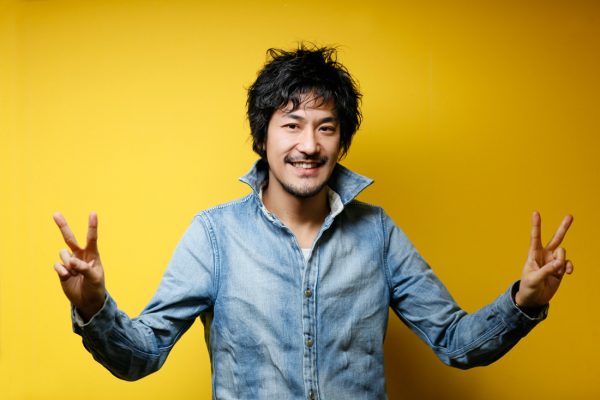
Toshiyuki Inoko
“I guess we can say that there’s teamLab before the Singapore Biennale and teamLab after the Singapore Biennale,” added Takashi Kudo, teamLab’s Communications Director and one of the first members of the collective.
Inoko, then a university student majoring in physics, founded teamLab during his university days in Tokyo in 2001 and recruited four of his friends – two majored in engineering, one in robotics, and the other one, Kudo, majored in philosophy and literature.
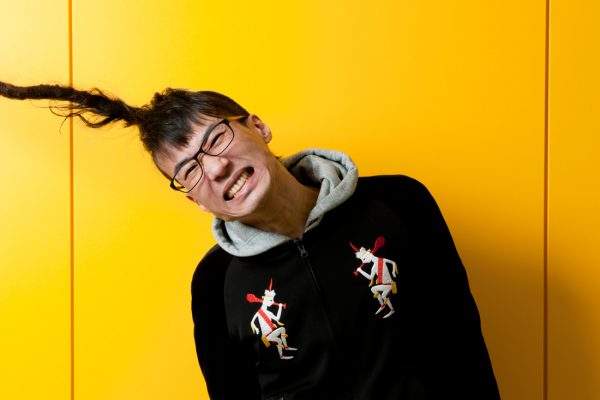
Takashi Kudo
teamLab is now an international household name with a calendar jam-packed with events and exhibitions in some of the world’s most prestigious venues. The team has close to 500 staff members in Tokyo, with small offices in Singapore, New York and Los Angeles. It also owns a 10,000 sqm permanent exhibition space, christened the MORI Building DIGITAL ART MUSEUM: teamLab Borderless, in Tokyo.
Singapore is home to four of teamLab’s permanent projects: Future World: Where Art Meets Science at the ArtScience Museum, Story of The Forest at The National Museum, Digital Light Canvas at Marina Bay Sands’ former skating rink and Flowers and People – Dark at the National Gallery.
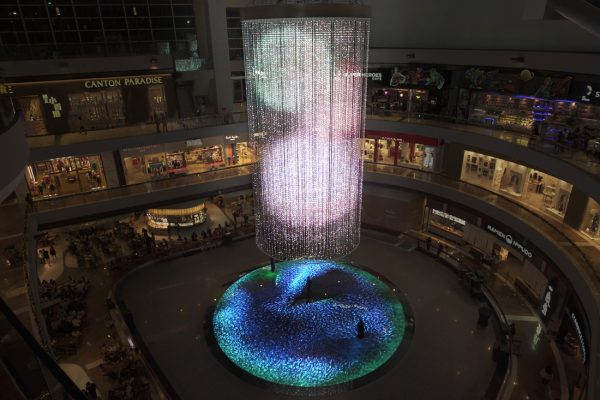
Digital Light Canvas
“There are the software maintenance, and the hardware maintenance,” shared teamLab Asia Regional Director Takuya Takei, when I asked him about the maintaining teamlab’s artworks during the presentation of Future World‘s 10 new artworks earlier this month. He added, “We can manage the software from Tokyo so my day to day job mostly involves maintaining the hardware on site.”
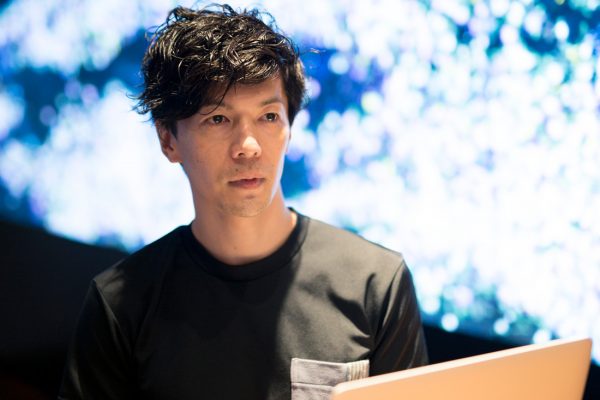
Takuya Takei
Takei and an assistant are based in Singapore and manage teamLab’s projects in Southeast Asia and the southern part of China. The next project to launch in the region will be in March 2019 in Manila, where teamLab is working on a new dance club concept. The venue will be a children’s disco club by day and an adults’ nightclub at night.
We found out more on how the collective works from the founders.
You mentioned teamLab before the 2013 Singapore Biennale and after the Biennale. Can you elaborate?
Takashi Kudo (TK): Toshi founded teamLab in 2001 with our three friends. I left soon after to travel the world and came back in 2010 and during those days we made applications, back-end systems for web, web design, interfaces and databases for clients. We had about 200 staff but we are not known as artists or makers of art. Singapore gave us the opportunity to create large-scale art.
Toshiyuki Inoko (TI): Now we have more than 400 people working together at teamLab and the hierarchy is flat. Eighty per cent are engineers specialising in computer programming. The rest are architects, mathematicians, CG animators, designers and editors – that makes us a team. And today, a global art team who uses digital technology to make art.
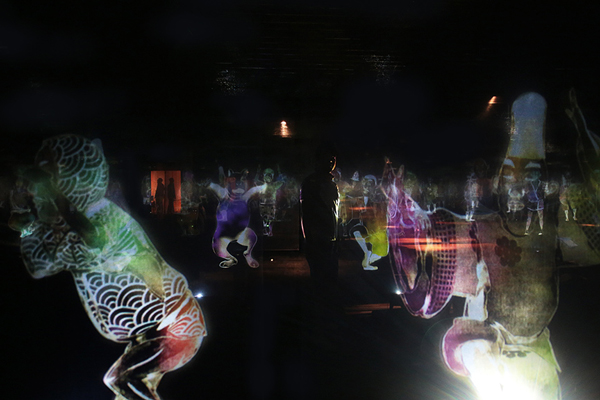
Peace Can Be Realised Even Without Order
How does teamLab work? What’s the ratio between the self-commissioned projects and projects commissioned by your client?
TI: Sometimes people come to us with ideas, or no clear idea – just a space. Sometimes we think of something and we try to make it happen. Our projects have varied origins. But ultimately we want to create something that can give a positive experience and make people smile.
TK: Like The Digital Light Canvas, which was formerly a skating rink. When MBS came to us and asked what we could do with it to draw more people, we got this idea to make it a kind of message board, but with art, that would bring other people, to celebrate with you.
We started to have more people coming to us to ask us to do a project with our own ideas after Future World. I heard that the museum attendance increased by 60 per cent because of the exhibition so that’s probably why [laughs].
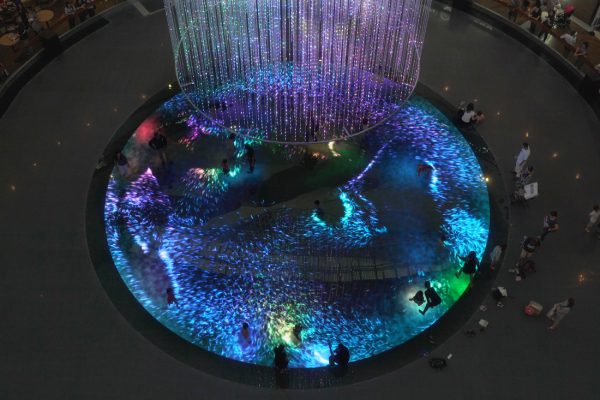
Digital Light Canvas
TI: Often we are creating something that nobody has ever seen before and we have difficulty explaining that to the client in words, so we use prototypes and scaled models. I like to say that our projects are like jokes; if you have to explain a joke with PowerPoint, then the joke is already dead. You have to experience [the punchline] yourself. Most of the projects we started on our own. Then we test and prototype the ideas.
TK: These tests we did in our own space, which was set by our own in-house architects. Then we see how we can improve an idea or solve the problem that we found in the execution. We can also store this knowledge and someday we might use it for other projects.
Speaking of Digital Light Canvas and museum attendance, do you think your type of immersive and interactive artworks can save the decline of the retail industry in the digital era?
TK: To some extent. But I don’t think retail will going to die. It’s just going to evolve and maybe we can take part in it. Because nothing is ever static, society will always evolve.
Before the industrial revolution, for example, people wore clothes they made themselves and haute couture, and then after the revolution, they started to wear ready-to-wear clothes made by machines. It’s the same thing with the internet and digitalisation. The society will adapt to it. I think the fear of online retail is maybe similar to people mistrusting machines in the 18th century and seeing them as enemies.
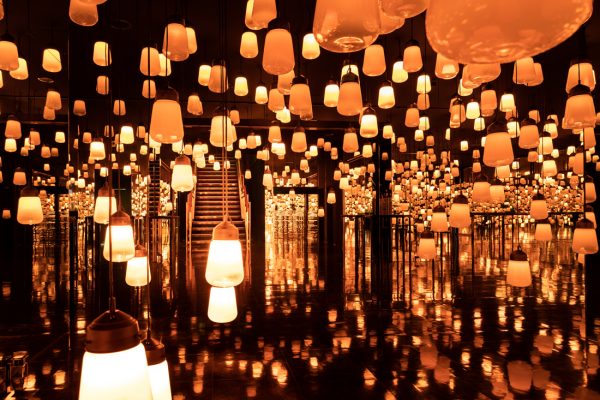
Mifuneyama Rakuen Hotel lobby
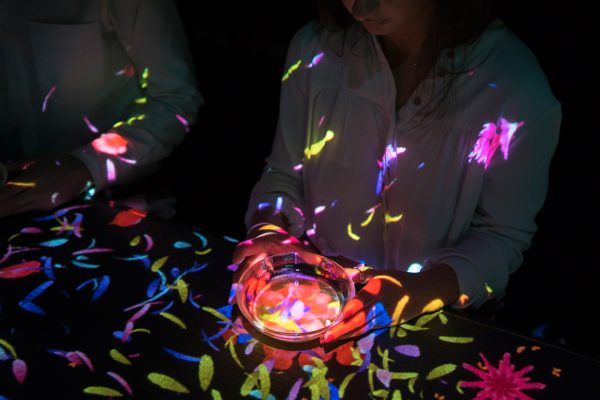
Espace EN TEA x teamLab x M&O: Flowers Bloom in an Infinite Universe inside a Teacup
Do you think people will assign the same value to digital art as they do to traditional art?
TI: We don’t really know the difference between fine art and digital art, so we cannot say if people would apply as much value to digital art as they do fine art.
TK: I think the appreciation of art is personal. I think that art can change or influence a person’s or a society’s way of thinking like its standard of beauty or something. So as Toshi said, we would never really know whether someone really thinks of our work as art.
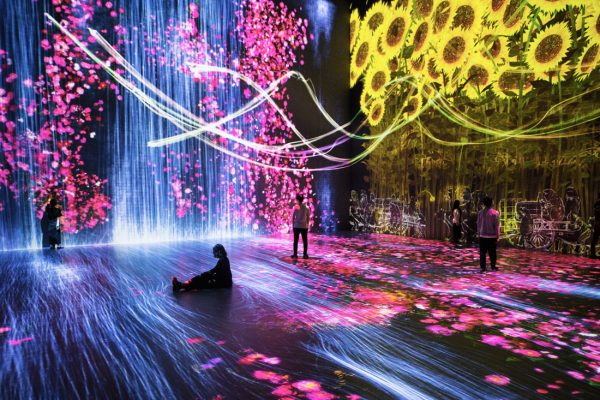
the MORI Building DIGITAL ART MUSEUM: teamLab Borderless
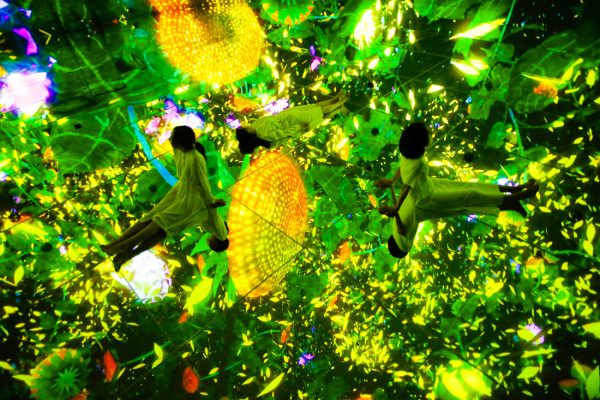
Floating in the Falling Universe of Flowers at Planet Tokyo exhibition
TI: Maybe in the future, hundreds of years from now when our world looks like the set of Blade Runner, our digital art will be considered traditional. In museums today, most of the exhibits don’t move and don’t interact with the architecture. But what if the architecture influences the artwork, or the other way around so it’s always changing and the whole [experience] also becomes art? Would you visit again?
TK: Of course today’s digital art has only had a short history compared to the traditional art. It needs time to catch up.
What’s next for teamLab?
TK: In the future, if we’re given the opportunity, we would like to do the whole city, make it a canvas for digital art.
TI: More, more, more. In the future we want to make bigger and bigger installations. Like the forest that just looks like a normal forest in the daytime but turns into an artwork at night and interacts with its visitors, like what we did in Mifuneyama [open air exhibition A Forest Where Gods Live].
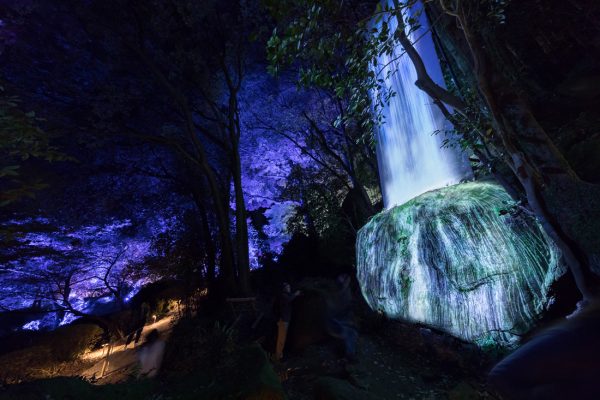
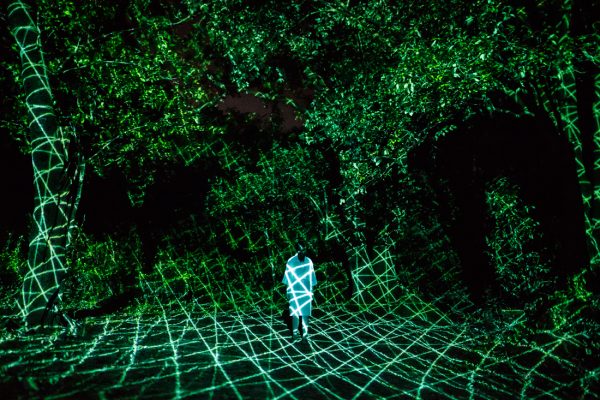
A Forest Where Gods Live, Mifuneyama
We are working on two chapel projects in Shenzhen. They will be fully functional chapels. Our architecture team is collaborating with local architects to design the architectural structure for this project.
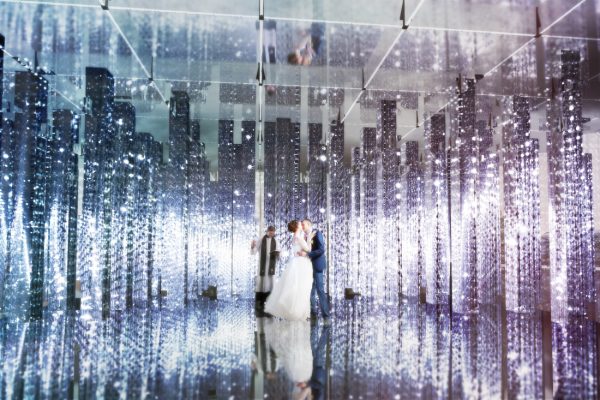
Crystal Forest, Shenzhen
INDESIGN is on instagram
Follow @indesignlive
A searchable and comprehensive guide for specifying leading products and their suppliers
Keep up to date with the latest and greatest from our industry BFF's!

A curated exhibition in Frederiksstaden captures the spirit of Australian design
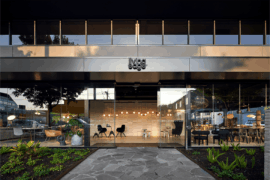
For Aidan Mawhinney, the secret ingredient to Living Edge’s success “comes down to people, product and place.” As the brand celebrates a significant 25-year milestone, it’s that commitment to authentic, sustainable design – and the people behind it all – that continues to anchor its legacy.

New Australian modular seating brand, Knotte, has collaborated with Melbourne designer, Joanne Odisho, to develop its latest range, Almas. We asked her to tell us more.

As Kvadrat announces its full independence, Njusja de Gier shares some insight on her fascinating and rather unorthodox career path.
The internet never sleeps! Here's the stuff you might have missed

In Tasmania, Stuart Williams crafts his work with care and creates objects of desire with sustainability at their heart.

The London-based architect was recently in Australia for SyLon, an event broadcast simultaneously in Sydney and London to explore housing solutions across both cities.